- No products in the cart.
Guttalaks yelling drops. 7.5mg / ml 30ml vial
$10.35
Guttalaks yelling drops. 7.5mg / ml 30ml vial
Description
Composition
Active substance:
Picosulphate sodium monohydrate 0.75 g
Excipients:
Sodium benzoate 0.20 g; Sodium citrate dihydrate 0.15 g; sorbitol liquid (nekristalliziruyuschiysya) 64.37 g; citric acid monohydrate 0.14 g; Purified water 49.89 g
Description:
The clear, colorless to slightly yellowish or yellowish brown, slightly viscous solution.
Product form:
Drops for oral administration of 7.5 mg / ml. 15 ml or 30 ml in a plastic bottle, dropper rubber stoppers and screw-cap. Bottle with instructions for use in a cardboard box.
Contraindications
Ileus or obstructive bowel disease; acute abdominal disease or severe abdominal pain, which may be accompanied by nausea, vomiting, fever, including appendicitis; acute inflammatory bowel disease; Hypersensitivity to sodium picosulphate or other components of the formulation; severe dehydration; fructose intolerance.
CAREFULLY
In II and III trimesters of pregnancy (as with other laxatives) taking the drug can only be prescribed by a doctor.
The active metabolite and its glucuronide is not excreted in breast milk. Thus, the drug can be used during breastfeeding.
Dosage
7.5 mg / ml
Indications
As a laxative in the following cases: constipation caused atony and hypotension colon (including the elderly, in bedridden patients, after surgery, after childbirth and during lactation) constipation caused by the intake of medicaments for the regulation of the chair with hemorrhoids, proctitis, anal fissures (to soften the stool consistency), gallbladder disease, irritable bowel syndrome with constipation-predominant constipation caused by intestinal dysbiosis, diet violations.
Interaction with other drugs
Diuretics or steroids increase the risk of electrolyte imbalance (hypokalemia) when taking high doses Guttalaks.
Electrolyte imbalance may increase susceptibility to cardiac glycosides.
The combined use of the drug and antibiotics may reduce the laxative effect of the drug.
Overdose
symptoms
At high doses are possible: diarrhea, dehydration, reduction of blood pressure, disturbance of water-electrolyte balance, hypokalemia, convulsions. In addition, there are reports of cases of ischemic colon musculature associated with taking Guttalaks doses significantly higher than recommended for the routine treatment of constipation.
Guttalaks as other laxative in chronic overdose may cause chronic diarrhea, abdominal pain, hypokalemia, secondary hyperaldosteronism, urolithiasis. Due to the chronic abuse of laxatives can develop damage to the kidney tubules, metabolic alkalosis and muscle weakness associated with hypokalemia.
Treatment
To decrease the absorption of the drug after ingestion can cause vomiting or to gastric lavage. May need fluid replacement and correction of electrolyte balance as well as the appointment of antispasmodics.
pharmachologic effect
Pharmacological group:
Laxative.
Pharmacodynamics:
The active ingredient – sodium picosulfate is a laxative triarylmethane groups. As local laxative sodium picosulphate after bacterial cleavage in the colon has a stimulating effect on the mucosa of colon, increasing motility, promotes accumulation of water and electrolytes into the colon. This leads to the stimulation of defecation, reduction of evacuation time and softening stool.
Sodium picosulphate being a laxative, acting at the level of the colon, it stimulates the natural process of evacuation of the contents of the lower gastrointestinal tract. Therefore, picosulfate sodium has no effect on the digestion or absorption of food or calorie essential nutrients in the small intestine.
Pharmacokinetics:
Absorption: insignificant, the drug is almost completely metabolized in the intestinal wall and liver to inactive glucuronide.
After oral administration of sodium picosulfate enters the large intestine; absorption of the drug is low, which excludes its enterohepatic circulation. The distal large intestine occurs sodium picosulphate cleavage to form the active metabolite, bis (p-hydroxyphenyl) -pyridyl-2-methane. Time development of a laxative effect of the drug is determined by the release rate of the active metabolite and 6-12 hours after administration (mean 10 hours).
In the systemic circulation enters a small portion of the drug. The relationship between the laxative effect of the active metabolite and its concentration in serum is absent.
Upon receiving the 10 mg dose inwardly about 10.4% of the total dose is excreted by the kidneys as glucuronide after 48 hours.
In the application of higher doses its excretion by the kidneys generally decreases.
Pregnancy and breast-feeding
Data on the reliable and well-controlled studies in pregnant women are missing. Long experience with did not reveal the negative impact of the drug on pregnancy. Acceptance of the drug in the I trimester of pregnancy is contraindicated. Studies on the effect of the drug have not been conducted on fertility. In preclinical studies of teratogenic effects on fertility were observed.
Conditions of supply of pharmacies
Without recipe.
side effects
On the part of the gastrointestinal tract may be discomfort, nausea, vomiting, cramping and abdominal pain, diarrhea.
From the nervous system, possible dizziness and fainting. Dizziness and fainting arising after ingestion, can be related to a vasovagal reaction (e.g., voltage at a defecation, abdominal cramps).
Possible co hypersensitivity reactions by the immune system. Co Skin and subcutaneous tissue can skin reactions, e.g., angioneurotic edema, skin rash, pruritus.
special instructions
Do not use the drug on a daily basis without consulting a doctor for more than 10 days. Prolonged use of high doses can lead to loss of fluid, electrolyte imbalance, hypokalemia.
Dizziness, and syncope were observed in patients taking the drug Guttalaks. Analysis showed that these cases are associated with defecation syncope (fainting or induced voltage during defecation) or vasovagal reaction to abdominal pain, which can be caused by constipation and is not necessarily associated with administration of the drug.
The 1 ml sample contained 0.45 g of sorbitol. The maximum recommended daily dose for the treatment of adults and children 4-10 years contained 0.6 grams of sorbitol and 0.3 g, respectively.
The drug has no taste, so children can be added to food. Children should take the medication only on doctor’s prescription.
Effects on ability to drive vehicles or use machines
Special clinical studies of the effect of the drug on the ability to drive vehicles or operate machinery has not been. Despite this, patients should report that they result from a vasovagal reaction (i.e., during bowel spasm) may experience dizziness, and / or fainting.
If patients present with bowel spasm they should avoid potentially hazardous activities including driving motor vehicles or machinery control.
Storage conditions
At a temperature of not higher than 30 ° C, do not freeze.
Keep out of the reach of children.
Dosing and Administration
Inside.
Adults and children over 10 years – 10-20 drops (5.10 mg) per day
Children 4-10 years – 5-10 drops (2.5-5 mg) per day
It is recommended to start with the lowest dose. In order to achieve a regular chair, the dose may be increased to the maximum recommended. Do not exceed the maximum recommended daily dose.
The recommended dose for children under 4 years of 0.25 mg / kg body weight per day. This corresponds to 1 drop of the preparation (0.5 mg of sodium picosulfate) 2 kg of body weight per day.
For a laxative effect in the morning should take the drug on the eve of the night. The drug is not necessarily dissolved in the liquid.
Information
Appearance may differ from that depicted in the picture. There are contraindications. You need to read the manual or consult with a specialist
Additional information
| Weight | 0.100 kg |
|---|---|
| Manufacturer | SANOFI AVENTIS GROUP |

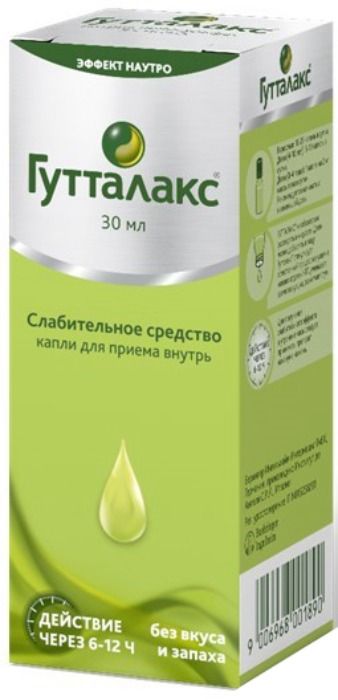
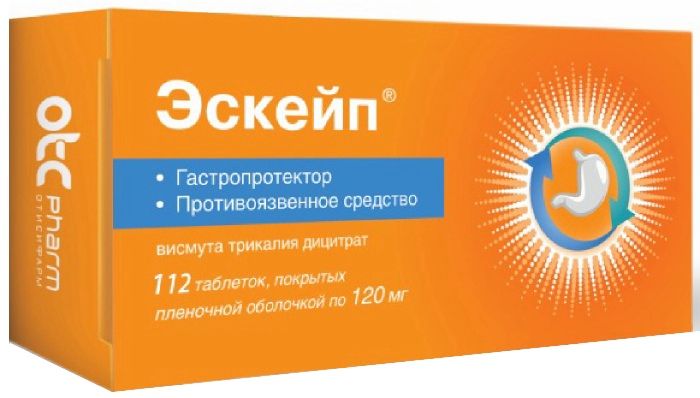
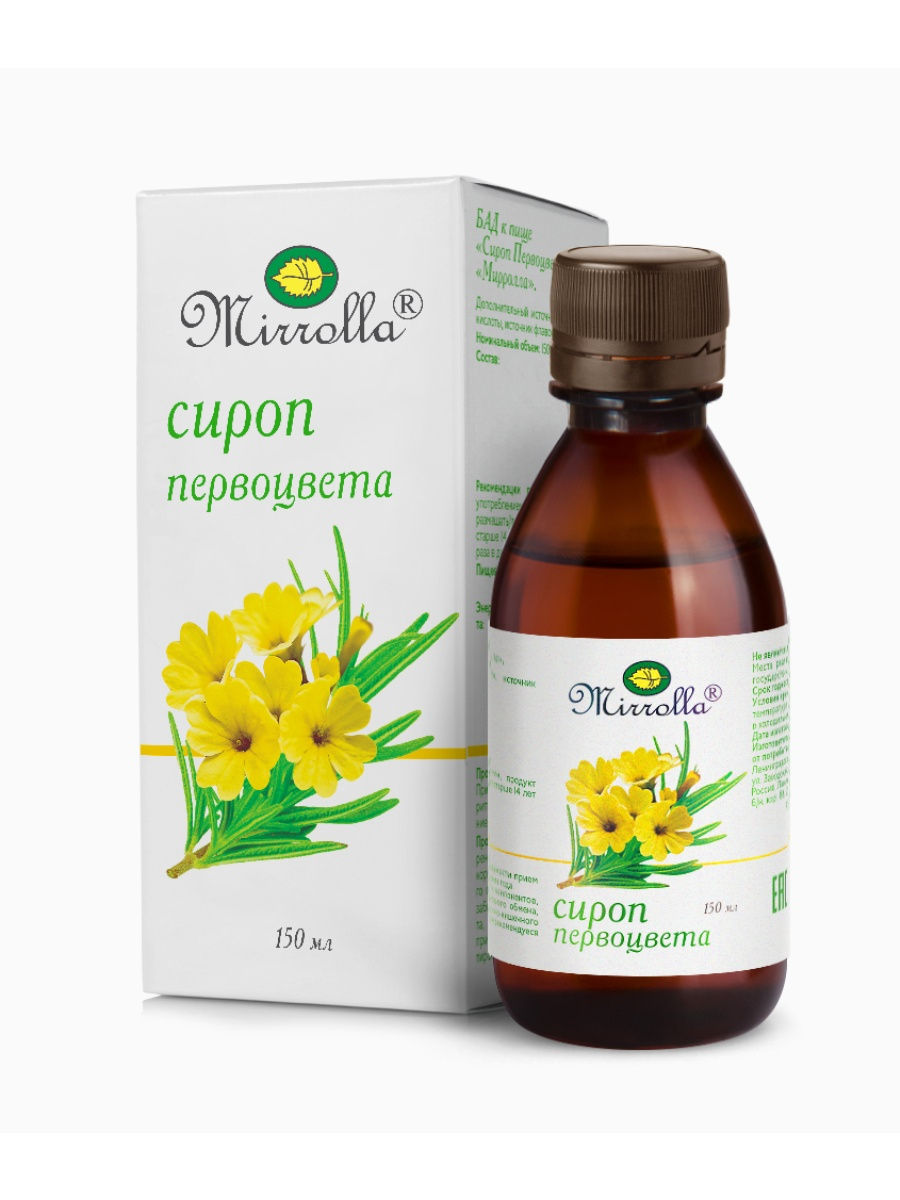
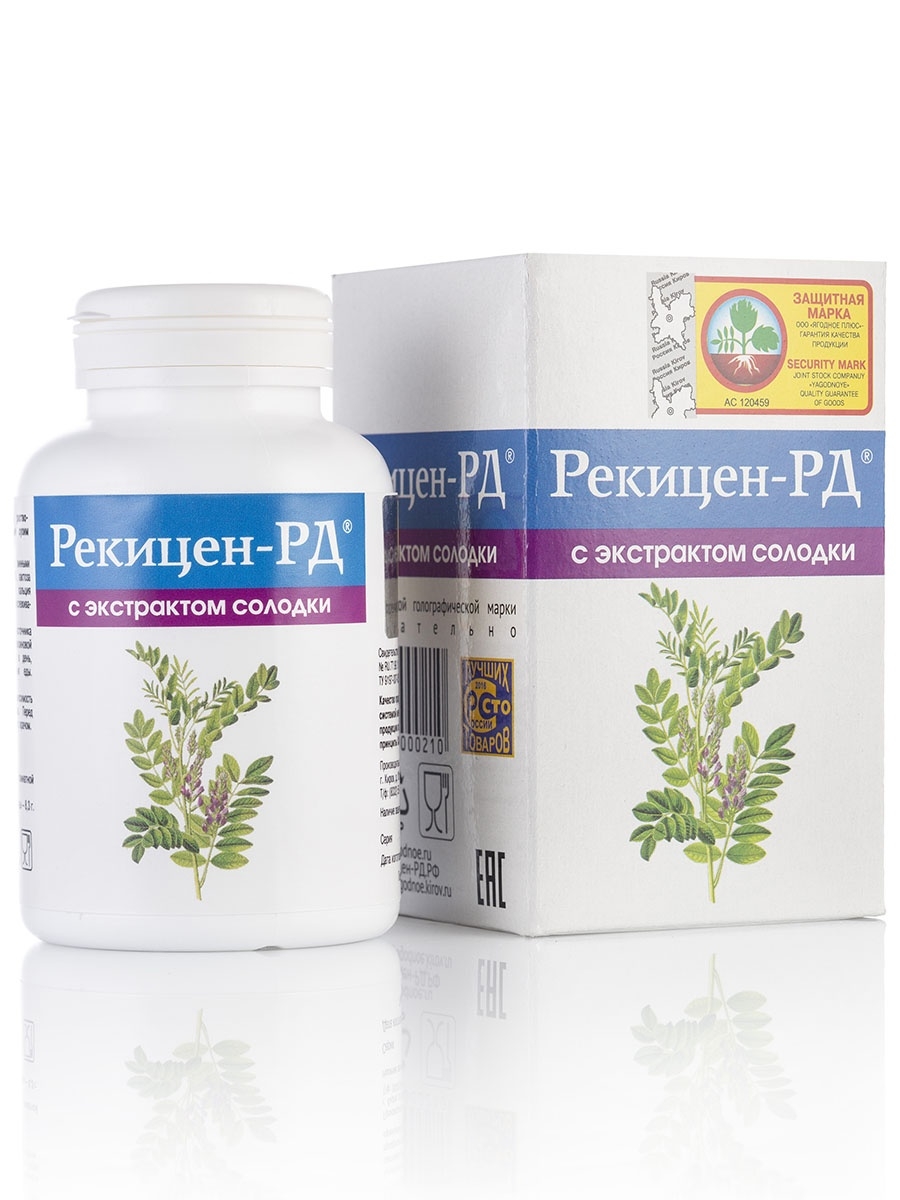
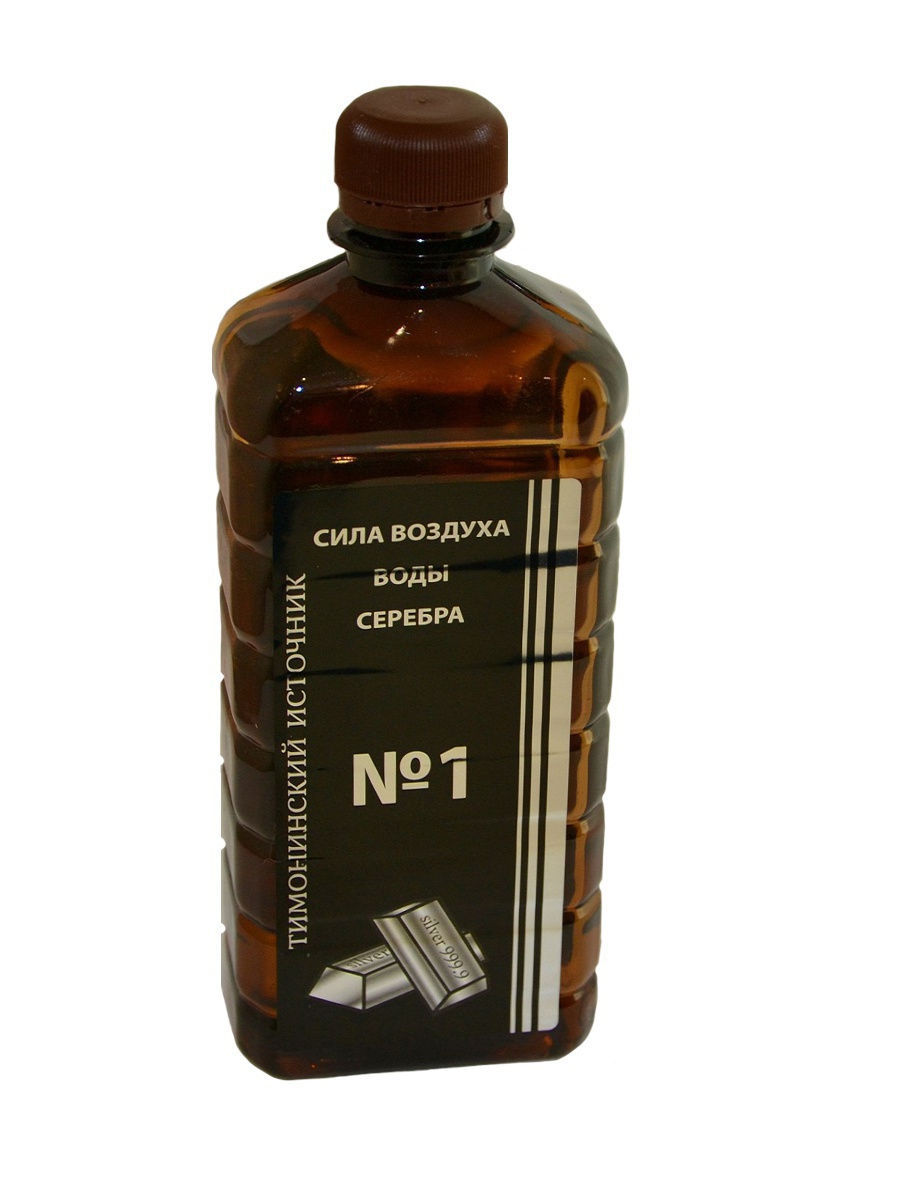
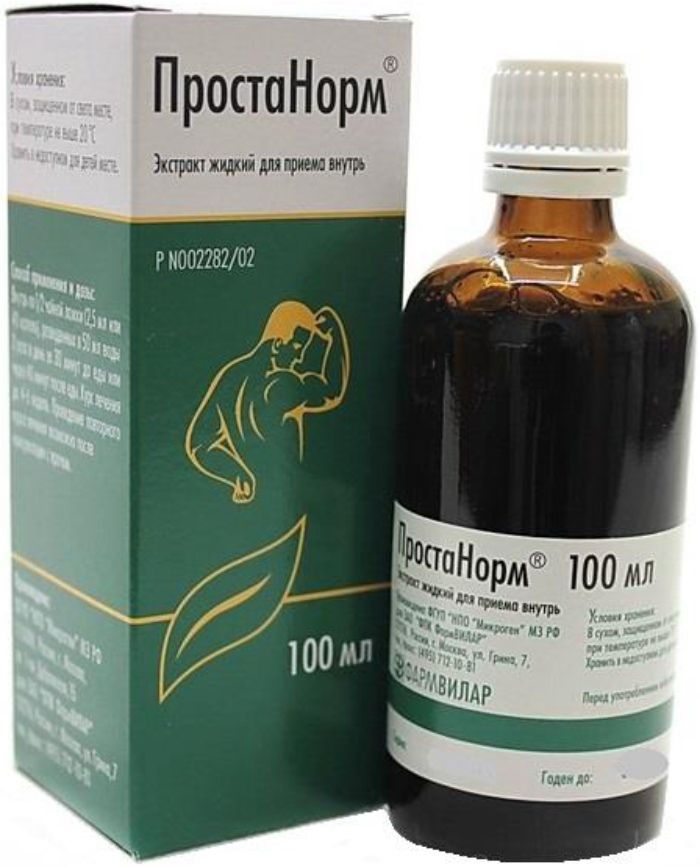
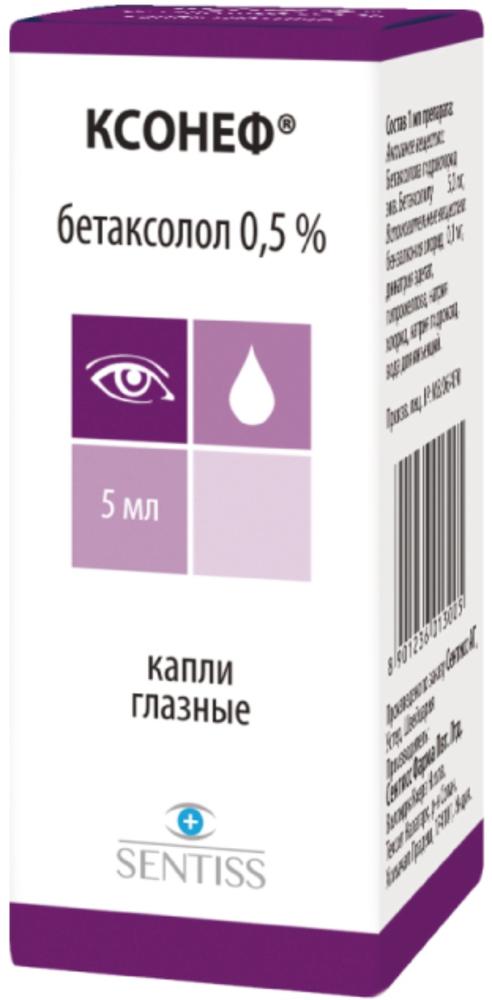
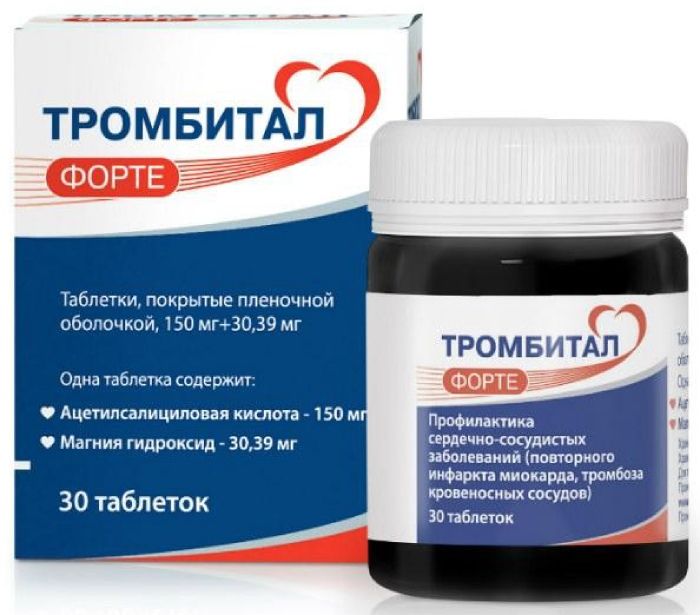




There are no reviews yet.